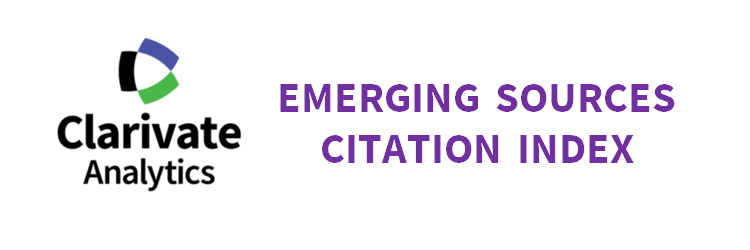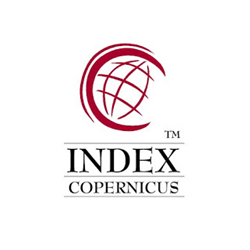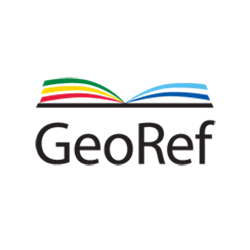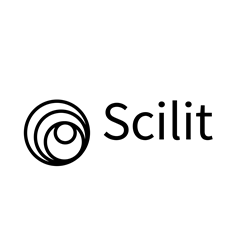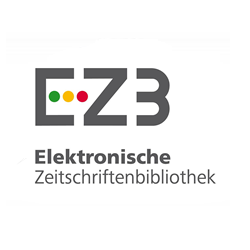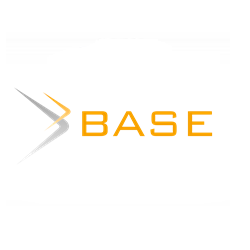Artificial neural network model for automatic code generation in graphical interface applications
DOI:
https://doi.org/10.17981/ingecuc.19.1.2023.04Keywords:
Machine learning, Natural language processing, Graphical interface, Transfotmers, Tkinter, Deep learning, Automatic code generationAbstract
Introduction: Currently, the software development industry is living in its golden age due to the progress in areas related to machine learning, which is part of AI techniques. These advances have allowed tasks considered exclusively human to be solved using a computer. However, the complexity and the extensive area covered by new projects that must be developed using programming languages have slowed down project delivery times and affected the company's productivity.
Objective: This research presents the methodology carried out for constructing a recurrent neural network model for the automatic generation of source code related to graphical user interfaces using Python programming language.
Method: By constructing a natural language-related dataset for describing graphical interfaces programmed in Python, a deep neural network model is built to generate automatic source code.
Results: The trained model achieves loss and perplexity values of 1.57 and 4.82, respectively, in the validation stage, avoiding overfitting in the model's training.
Conclusions: A neural network model is trained to process the natural language related to the request to create graphical interfaces using the Python programming language to automatically generate source code that can be executed through the Python interpreter.
Downloads
References
V. Kononenko, “10 Breakthrough Software Development Trends in Coming Years,” Computools, Aug. 2022. Available: https://computools.com/software-development-trends/
T. Brown, “7 Software Development Trends 2023 Revealed,” Hackernoon, Nov. 2019. Available: https://hackernoon.com/software-development-trends-2020-revealed-spi305m
J. Zhu & M. Shen, “Research on Deep Learning Based Code Generation from Natural Language Description,” presented at 5th International Conference on Cloud Computing and Big Data Analytics, ICCCBDA, CGDU, CN, 10-13 Apr. 2020. https://doi.org/10.1109/ICCCBDA49378.2020.9095560
G. Tomassetti, “A Guide to Code Generation,” Strumenta, May. 2018. Available: https://tomassetti.me/code-generation/
S. Shim, P. Patil, R. Yadav, A. Shinde & V. Devale, “DeeperCoder: Code Generation Using Machine Learning,” presented at 2020 10th Annual Computing and Communication Workshop and Conference, CCWC, LV, NV, USA, 6-8 Jan. 2020. https://doi.org/10.1109/CCWC47524.2020.9031149
T. Le, H. Chen & M. Babar, “Deep Learning for Source Code Modeling and Generation: Models, Applications, and Challenges,” ACM Comput Surv, vol. 53, no. 3, pp. 1–18, Feb. 2020. https://doi.org/10.1145/3383458
W. Ling, P. Blunsom, E. Grefenstette, K. Hermann, T. Kočiský, F. Wang, & A. Senior, “Latent Predictor Networks for Code Generation”, presented at 54th Annual Meeting of the Association for Computational Linguistics, ACL, BE, GE, 7-12 Aug. 2016. https://doi.org/10.18653/v1/p16-1057
M. Rabinovich, M. Stern & D. Klein, “Abstract syntax networks for code generation and semantic parsing,” presented at 55th Annual Meeting of the Association for Computational Linguistics, ACL, VAN, CA, 30 Jul. - 4 Aug. 2017. http://dx.doi.org/10.18653/v1/P17-1105
P. Yin & G. Neubig, “A syntactic neural model for general-purpose code generation,” presented at 55th Annual Meeting of the Association for Computational Linguistics, ACL, VAN, CA, 30 Jul. - 4 Aug. 2017. https://doi.org/10.18653/v1/P17-1041
A. Stehnii, “Generation of code from text description with syntactic parsing and Tree2Tree model”, Master Thesis, Dept. Comp. Sci., Fac. Appl. Sci., UCU, LVI, UA, 2017. Available: http://er.ucu.edu.ua/handle/1/1191
P. Yin & G. Neubig, “TRANX: A transition-based neural abstract syntax parser for semantic parsing and code generation,” presented at Conference on Empirical Methods in Natural Language Processing: System Demonstrations, ACL, BX, BE, 10-11 Nov. 2018. https://doi.org/10.18653/v1/d18-2002
S. Gulwani, “Dimensions in Program Synthesis,” presented at 12th international ACM SIGPLAN symposium on Principles and practice of declarative programming, PPDP'10, NY, NY, USA, 26-28 Jul. 2010. https://doi.org/10.1145/1836089.1836091
M. Jaderberg, K. Simonyan, A. Zisserman & K. Kavukcuoglu, “Spatial transformer networks,” Adv Neural Inf Process Syst, vol. 2015, pp. 1–15, Jun. 2015. https://doi.org/10.48550/arXiv.1506.02025

Published
How to Cite
Issue
Section
License
Copyright (c) 2022 INGE CUC

This work is licensed under a Creative Commons Attribution-NonCommercial-NoDerivatives 4.0 International License.
Published papers are the exclusive responsibility of their authors and do not necessary reflect the opinions of the editorial committee.
INGE CUC Journal respects the moral rights of its authors, whom must cede the editorial committee the patrimonial rights of the published material. In turn, the authors inform that the current work is unpublished and has not been previously published.
All articles are licensed under a Creative Commons Attribution-NonCommercial-NoDerivatives 4.0 International License.


 English
English
 Español (España)
Español (España)
